Industrialdesign
Human-Machine-Interaction
Communication
Firstly, there is more than one reason to have your product reworked or completely designed by an industrialdesigner. One of them is the communication with the customer. Each user communicates, without knowing it, with his possessions. For example, when I use my microwave, I use the interface (usually buttons, less often touchscreen) to give commands to the device about what I want it to do. Conversely, the microwave tries to tell me what it thinks about that with funny sounds and maybe with display announcements. Therefore, if the user and the device speak different languages, they will not understand each other. And this can easily lead to frustration. A well-designed interface helps with human-machine communication.
Ergonomics
Another aspect of communication is ergonomics. For example, if a grip on a drill lies in the hand poorly, the user quickly gets calluses. The work performance is impaired, because of this. Or if the smartphone is so big that areas of the display can`t be reached with the thumb anymore, the user will be anoyed by that. Both are also cases of human interaction with machines. Someone who is using a Product, is communicating with it. In terms of ergonomics it`s just much more subtle and not directly perceived as communication.
invisible design
Moreover, the shape of a product isn’t as easy recognized as user interface. The positioning of buttons and switches should not be left to chance. Ergonomic design has the task to make devices for specific user groups operable, or in other cases inoperable (e.g. parental control). But the User also gets used to things. Someone who used an Androidphone for years, will have a difficult time when switching to apple, for example.
Industrialdesign
Usergroups
Styling
If you want to set yourself apart from the competition, you should address the emotions of the customer. Unfortunately, there are also counterproductive developments. The car, for example, is so over-emotionalized it ignited wild quarrels about the right brand, or the denial of new, more fundamental mobility solutions.
Especially in the case of smartphones, which all look very similar in appearance, clever marketing and advertising campaigns can create an emotional bond with the potential customer. And this comes with a nice side effect: Confident customers spread their “beliefs“. So a company like Apple gets away with selling their technology highly overpriced, because the customers are hyping it. And there is no cheaper advertising than the word spread by customers.
Market specification
If you want to successfully distribute a product, you must design it specifically for your (niche) market and the corresponding target group. People have different interests and personalities. Of course, there are certain intersections and there are recognizable groups. In addition, it is still very difficult to individualize a mass product to the extent that each person is personally addressed. This is where an industrialdesigner comes into play. Through an appropriate product design, we can target the people and transform them to customers. People who travel a lot in nature probably prefer sturdy products and they should look that way. Through design, feel and materiality, this message can be easily transported.
Industrialdesign
Material and Usage
Sustainability
If you are at least a little concerned with our global issues, you will come across human-made climate change. This is for a big part indirectly stimulated by a common misconception: We are using an extremely long lasting material for extremely short-lived products. The plastic itself is hardly to blame. It’s the companies and also the politics, whom are using this really great material without establishing a functioning recycling management system. There were attempts to master the chaos, gradually. Deposit systems, biodegradable alternatives and the like. With industrial design, methodical analysis can help you find a more suitable material selection in advance, align the manufacturing process accordingly, and thus save costs and resources.
Function
Anyone who develops a technical product, can not help, but make a functional concept. The user must be able to intuitively know what the device is doing, which areas have a function, and what function that is. Also the function itself can be resolved in different ways. Levers, sliders and other switches can be deliberately emphasized, the user’s eye can be guided by design features.
Even constructive subtleties such as pairs of fittings or loose guidings, contribute to the user experience. The weight of a product must match the expectation. Quality is subjective and tangible. The product design itself can be understood as a partial function of a product. Because we humans just love aesthetics. With a nice product, you can reach customers rather than an ugly one.
Industrialdesign
Summary
The long Run
Industrialdesign is not just a spice up of a boring product. It is more of an accompanying process designed to steer product development in the right direction. Because far beyond the market launch, there are interactions between technical products, the environment and people. Only if you are aware of it, you can take action at an early stage to minimize negative consequences.
Mindset
As a designer you should not be put off by these challenges, but should meet them with curiosity and passion. If you let yourself be inspired by the problems, you can create innovations in the long term.
Communication
User and Product must talk the same language
Ergonomics
The product must be adapted to the human.
Styling
The product should create positive emotions
Market specification
The Targetgroup must be adressed.
Sustainability
Materials should be selected wisely
Function
The functions must be intuitively recognizable

